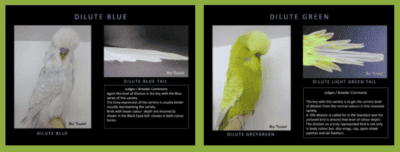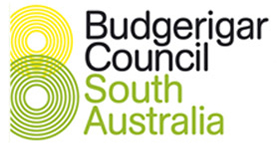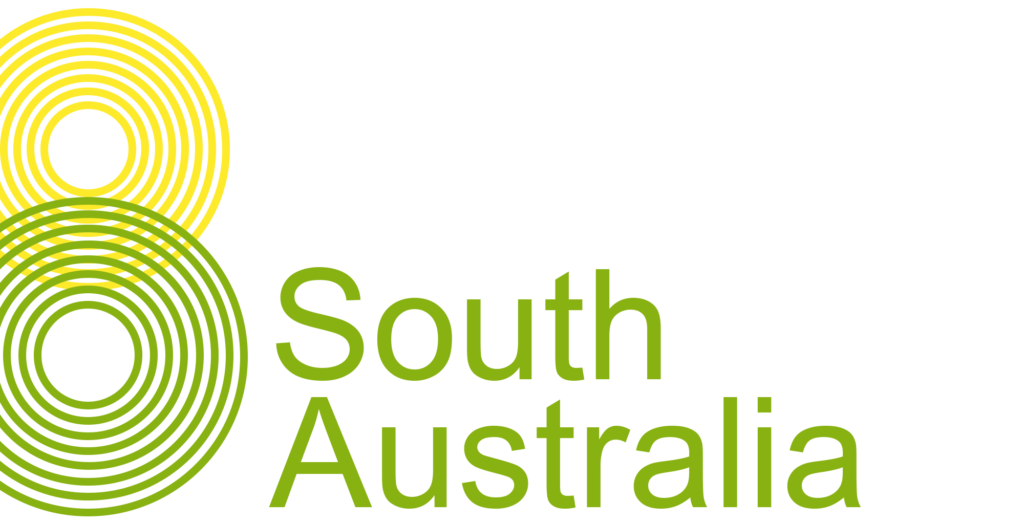
The Dilute Budgerigar
Breeders in Belgium and Germany reportedly first recorded dilute budgerigars with greenish-yellow body color and very pale wing markings around 1872. H.D. Ashley reportedly bred the first blue dilute budgerigar in 1920 from a pair of Sky Blues. Someone reported a white dilute in Paris the same year.

Image Courtesy of Rod Turnbull and the ANBC
Identification of the Dilute Budgerigar
The exhibition specimen dilutes the general body colour, rump, and underparts to 70% of the normal equivalent. Given that, the colour is solid and uniform throughout. Of course, the Dilute Budgerigar features the appropriate normal equivalent ground colour face and clean forehead. The Grey Green variant is a mustard yellow, and the Grey is a pale grey. By the same token, the face and forehead ground colour is yellow for green series, and white for blue series, with the exception of the yellow-face series.
Additionally, the back and wing coverts are pale grey with clearly defined markings. These coverts are free of any body colour suffusion. Furthermore, the mask is clear, deep and wide (not cleft). The mask extends beyond two large violet or pale grey cheek patches. To that end, six evenly spaced, large, round, faintly discernible throat spots ornament the mask. In addition, the base of the cheek patches partially covers the outer spots of the mask.
The Dilute budgerigar exhibits faint pale grey markings on the cheeks, back of head, neck and wings, which are clearly defined and symmetrical on the appropriate ground colour and free from any intrusion of body colour or ‘bloom’. In addition, the Dilute has yellow/white to very pale grey tail feathers. It also features a black eye with a white iris ring, and its feet are pinkish blue/grey in color. Furthermore, the cere of the cock is blue, while that of the hen is brown.
Summarize below the Dilute cheek patch, tail quill, and tail feather colors.
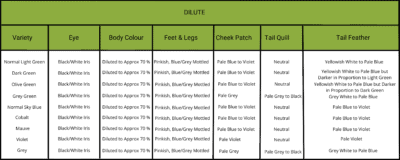
Dilute Budgerigar Pairing Expectations
The pairing expectations for Dilute budgerigars are as follows.
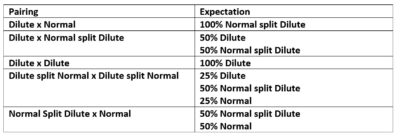
Click here for full pairing chart.
The latter two pairings should be noted that it is impossible without test mating to identify which birds are split, and which birds are normals, from these pairings, as they visually appear the same.
For more information on different varieties of budgerigars, check out this link.
